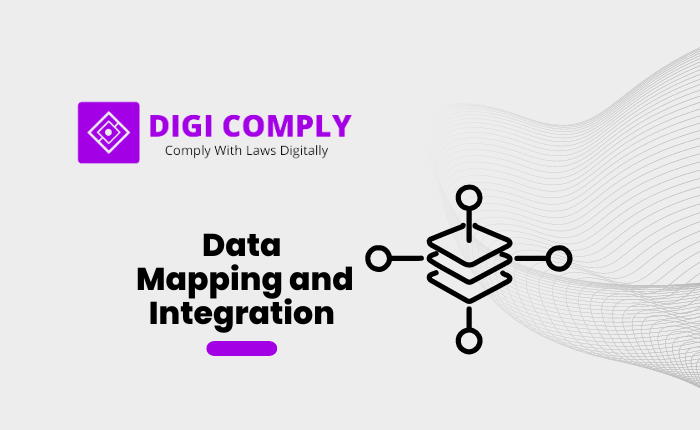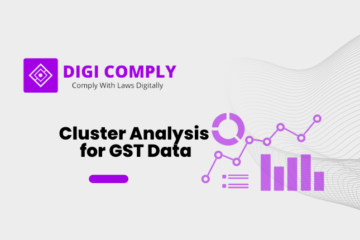When it comes to data mapping and integration strategies for ERP systems in GST e-invoicing, there are several important considerations to keep in mind. The Goods and Services Tax (GST) is an indirect tax levied on the supply of goods and services in India, and e-invoicing is an electronic invoicing system implemented to streamline the invoicing process and ensure tax compliance.
Here are some key points to consider for data mapping and integration strategies in ERP systems for GST e-invoicing:
1. Understand the data requirements: Familiarize yourself with the data fields and formats required by the GST e-invoicing system. This includes details such as invoice number, invoice date, supplier and recipient information, item details, tax amounts, etc. Understand the specific data mapping requirements for each field and how they align with your ERP system’s data structure.
2. Assess ERP system capabilities: Evaluate your ERP system’s capabilities and determine if it can generate the required data fields for GST e-invoicing. Check if your ERP system supports the necessary data extraction, transformation, and integration functionalities.
3. Data extraction and transformation: Develop a data extraction strategy to gather the required information from your ERP system. This may involve extracting data from various modules or databases within the ERP system and transforming it into the required format for GST e-invoicing.
4. Mapping data fields: Map the data fields in your ERP system to the corresponding fields in the GST e-invoicing system. Ensure that the data mappings are accurate and consistent, accounting for any variations in field names, formats, or additional information required.
5. Integration methods: Determine the integration method between your ERP system and the GST e-invoicing system. This could involve leveraging APIs (Application Programming Interfaces), web services, or other integration mechanisms provided by the e-invoicing system. Consult the technical documentation and guidelines provided by the GST e-invoicing system for specific integration methods and protocols.
6. Real-time or batch integration: Decide whether the integration should be real-time or in batches. Real-time integration involves sending invoice data to the GST e-invoicing system immediately upon creation, while batch integration involves sending data periodically in batches.
7. Error handling and reconciliation: Establish error handling mechanisms to address any data validation or integration errors that may occur during the data transfer process. Implement reconciliation processes to ensure the data sent to the GST e-invoicing system matches the data in your ERP system, allowing for easy identification and resolution of discrepancies.
8. Compliance with GST rules: Ensure that your data mapping and integration strategies comply with the GST rules and regulations. Stay updated with any changes or updates in the GST e-invoicing requirements to ensure ongoing compliance.
9. Testing and monitoring: Thoroughly test your data mapping and integration processes to validate their accuracy and reliability. Monitor the integration process to ensure the seamless flow of data between your ERP system and the GST e-invoicing system.
By considering these strategies, you can effectively map and integrate data between your ERP system and the GST e-invoicing system, streamlining your invoicing processes and ensuring compliance with GST regulations.
1. Real-time data exchange: Real-time data exchange involves sending invoice data to the GST e-invoicing system as soon as an invoice is created or updated in your ERP system. Instead of relying on manual or batch processes, real-time data exchange ensures that the data is transferred instantly, reducing delays and ensuring accurate and up-to-date information.
2. Automation: Automation plays a vital role in ERP integration for GST e-invoicing. By automating the data exchange process, you can minimize manual intervention, reduce the chances of errors, and improve overall efficiency. Automation can be achieved through various mechanisms, such as leveraging APIs (Application Programming Interfaces), web services, or integration middleware.
3. Trigger-based data exchange: Implement trigger-based mechanisms in your ERP system to initiate the data exchange process in real time. For example, when an invoice is created or approved in the ERP system, a trigger can be set up to automatically send the corresponding data to the GST e-invoicing system without any manual intervention.
4. Data validation and error handling: Implement automated data validation checks during the real-time data exchange process. This ensures that the data being transferred from your ERP system to the GST e-invoicing system meets the required standards and formats. Additionally, set up error handling mechanisms to capture and handle any data validation or integration errors that may occur.
5. Integration with government systems: Integrate your ERP system with the designated GST system APIs to establish a secure and reliable connection. These APIs allow for seamless communication between your ERP system and the GST e-invoicing system, facilitating real-time data exchange and ensuring compliance with government regulations.
6. Workflow automation: Leverage workflow automation within your ERP system to automate various invoice-related processes. This includes automating the creation, approval, and submission of invoices to the GST e-invoicing system. Workflow automation ensures consistency, reduces manual effort, and enables faster processing of invoices.
7. Data synchronization: Ensure data synchronization between your ERP system and the GST e-invoicing system. Any updates or changes made in either system should be reflected in real-time to maintain data consistency and accuracy.
8. Monitoring and reporting: Implement monitoring mechanisms to track the status of invoice data exchanged between your ERP system and the GST e-invoicing system. This helps in identifying any issues or discrepancies promptly. Additionally, generate reports on the data exchange process, including successful transfers, failures, and any error messages encountered.
By leveraging real-time data exchange and automation in ERP integration for GST e-invoicing, you can streamline your invoicing processes, reduce errors, and ensure timely compliance with GST regulations. It is advisable to consult the technical documentation and guidelines provided by the GST authorities to ensure adherence to the specific requirements and standards.
If You have any queries then connect with us at support@legalsuvidha.com or info@digicomply.in & contact us & stay updated with our latest blogs & articles





